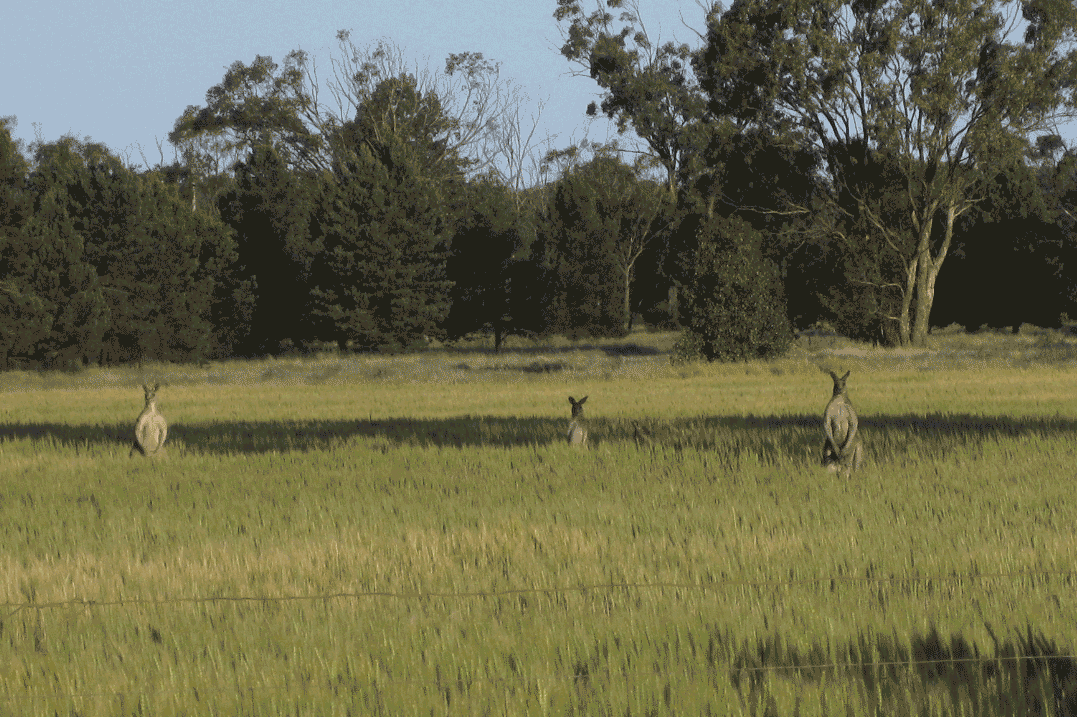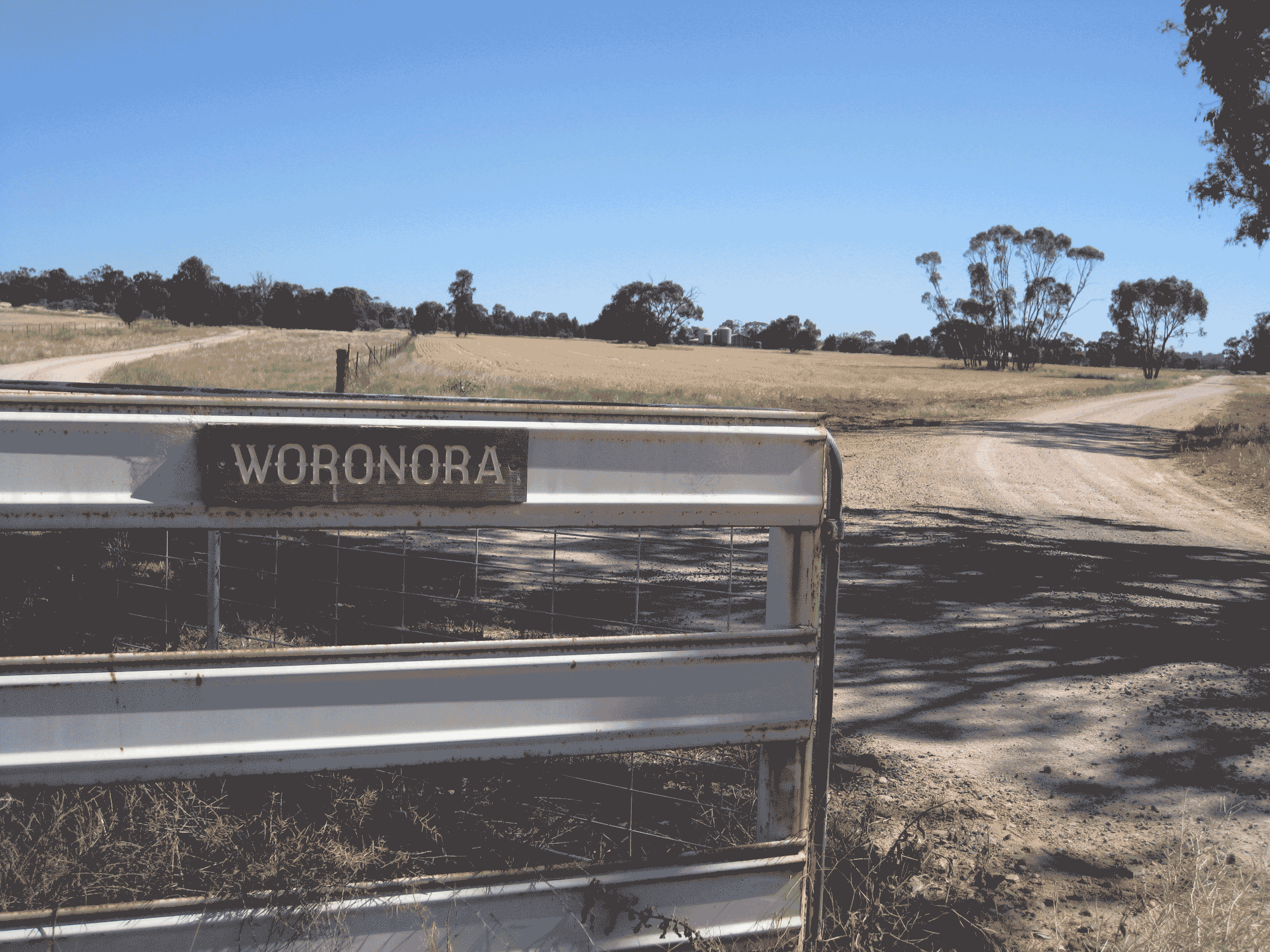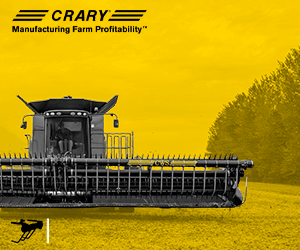An Australian harvest
YOUNG FARMERS BROADEN THEIR HORIZONS
you are 22 years old and you have just graduated with a post-secondary education in agriculture. What’s next? For many young farmers, the answer to that question is working on the family farm. However, those looking for a bit more adventure before returning to their roots can advance their agriculture careers while helping to fill the high demand for farm help half a world away. This past October, I was one of 11 young Ontario farmers who set out on the journey of a lifetime – Australian harvest 2012.
we’re not in ontario anymore
Our eager group found work on several farms north of the town of Griffith in the province of New South Wales – about a six hour drive west of Sydney. Farming around the immediate outlying area of Griffith is predominantly irrigation based. Initially, it was difficult for us to understand why such moisture dependent crops, like cotton and rice, were grown in such a dry climate. However, factors like geographic location and high demand ensured the market for what seemed like a strange business decision to newcomers like us.

We were also awed by the scale of these large, dry area farms; coming from typical Ontario farms with a few hundred, or at most, a few thousand acres, we found it incredible that an individual farm could span 25,000 acres or more.
Harvest in this part of Australia usually runs from mid-October to December or January. With an average annual rainfall of only 16 inches, and because they enjoy mild winters, farms that don’t irrigate must grow their crops through the winter months and harvest in the spring (October) in order to avoid scorching heat and to conserve soil moisture levels.
getting to work
I arrived at the farm of Nick and Trish Eckermann with three other young Ontario farmers from our group just in time for harvest. I was put to work driving a grain buggy and on occasion the swather and a combine. It took our crew just under two months to harvest approximately 7,000 acres of canola, 12,000 acres of wheat, 1,500 acres of barley, 2,000 acres of field peas, 1,000 acres of lupins (a legume), and 1,200 acres of chickpeas. On any given year, the Eckermanns may also have up to 2,000 acres left fallow. In total, they own and share crop more than 25,000 acres.
PHOTO: THE ECKERMANN FARM, NEAR THE TOWN OF GRIFFITH, AUSTRALIA.

I soon learned that running that many acres efficiently requires BIG equipment, with state of the art technology. On the Eckermann’s farm they run four combines – all with 40 foot headers – as well as two 30 tonne grain buggies and three transport trucks. It quickly became evident how big of a role guidance systems play in harvesting fields of this size efficiently. All of their equipment is outfitted with top of the line GPS software. With the help of this software and an effective pattern, the team operated with ease.
Due to the extreme climate and soil conditions, Australian farmers do not see the same level of yields as Ontario farmers. Rather, the yields are more in line with those seen throughout western Canada. After experiencing an Australian harvest and seeing the damage the rampant kangaroo and emu populations inflict upon the crops, we all agreed never to complain about a few deer or geese again.
learning to adapt
If dealing with the differences in climate, equipment and wildlife weren’t enough, we also had to catch on to the Aussie lingo. Try and decipher what this sentence means: “Go grab that spanner out of the back of the ute. We need to get the front of this header fixed so we can get back to the paddock and help the blokes strip.” Translation: “Go grab that wrench out of the back of the truck. We need to get the header of this combine fixed so we can get back to the field and help the guys harvest.”
Although Nick Eckermann has never worked abroad himself, he doesn’t discount the benefits of the experience he is providing to young farmers. “You may think you’re doing everything right and running an efficient business at home, but having an experience like this, being able to see another farmer’s techniques, will open your eyes.” However, Eckermann also adds, “You don’t have to go to the other side of the world to do this. You can go 80 kilometres up the road”.
Grey County farmer Tom Roberts didn’t have a difficult time deciding to head Down Under for his second Australian harvest. “I enjoy the different experience and seeing how the same type of farm operates on the other side of the world. I like to pull ideas and technology from here and bring it back to our farm.”
Some of the other young farmers even thought the benefits reached beyond themselves. When asked why he decided to sign up for this adventure, London area farmer Jan Krosse quickly replied, “To get away from home and see what it’s like working for someone else. Also, so my dad knows what it’s like when I’m gone.”
Back home in Ontario, we continue to share our Australian experience with the hope of inspiring others to join a harvest crew and discover what lessons they can learn. We know it’s not for everyone, and some people are reluctant to go so far away from home. However, Roberts offers this advice, “Put everything behind you for three months and go see what you can find. Do whatever you’ve got to do to make it work. Do it now before you can’t; because it is a once in a lifetime experience.”
I, too, agree with that sentiment. •








